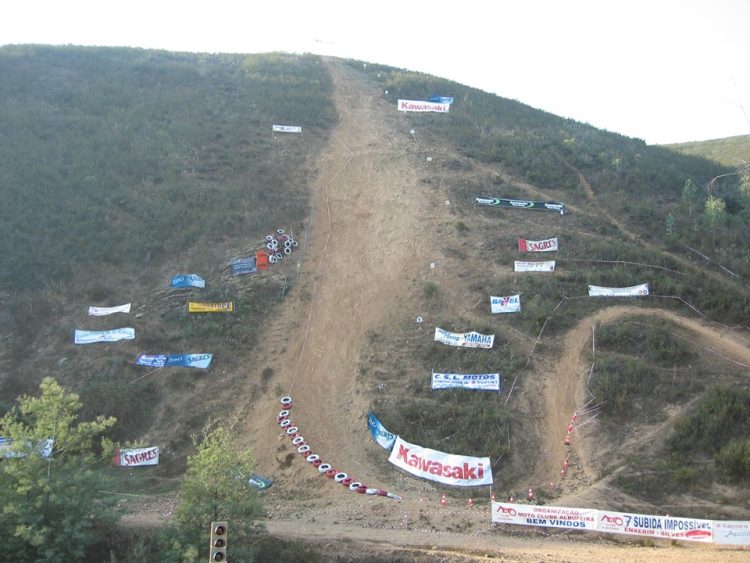Created by German artist H.A. Schult, the Trash People, or Schrottarmee, are human figures made of different kinds of trash.
You probably didn’t know this, but there’s an army out there, hell-bent on conquering the world. Each year, it travels to a different location and makes its existence known to the world. But you mustn’t worry, unlike other conquering forces, the Trash Army has peaceful intentions.
The Trash People of H.A. Schult first appeared in 1996, at an amphitheater in Xanten, Germany. They were part of a local art exhibition, but after the idea of traveling around the world was born, the Trash People became an international attraction that showed up in locations like Moscow’s Red Square, The Great Wall of China, the Pyramids of Giza, Rome, Barcelona, and even the Arctic.
Well known for his action art, and using trash as an art medium, H.A. Schult has created 1,000 Trash People out of everyday garbage we humans produce. From Coke and bear cans, to crushed electronics, the Trash people are a representation of our waste society. Every time they show up, grouped in their trademark lines, they remind passers-by that ““We produce trash, are born from trash, and will turn back into trash.”, as their creator himself says.
via 1800Recycling





















